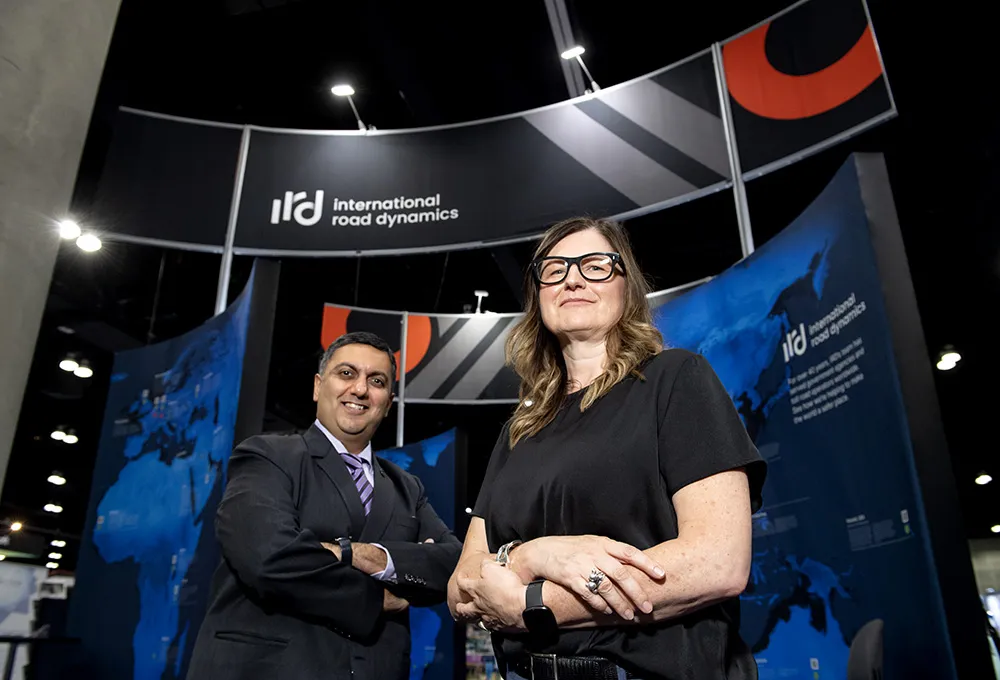
Q-City brings the process of understanding ITS into the 21st Century. Starting from a bird’s-eye view, it makes it possible to zoom in and out to explore application areas such as tolling, traffic management, parking and infomobility and to see how these previously discrete sectors have moved together to become more holistic and connected. The new virtual reality experience enables users to stand at street level and gain an even more ‘hands-on’ perspective.
“We’re a technology innovator, so it makes sense to use technology to demonstrate what we do,” says Jenny Simonsen, Q-Free’s Global Director Marketing & Communication. “It’s more than just a gimmick. By being able to move quickly around a cityscape, either alone or in the company of our technology experts, it’s possible to gain a real feel for what ITS can do far more quickly than might otherwise be the case.
“The virtual reality tours aren’t the only way in which Q-City has evolved. Q-Free has spent a lot of time since the last Intertraffic expanding and fine-tuning its portfolio. We’ve needed to reflect the new additions and the finessing which has occurred,” says Simonsen. “This latest version of Q-City is right up to date and features all of our products and services.”
Q-City also forms the centrepiece of a group experience here at Intertraffic. Each day at 3pm, the company’s Chief Technologist, Knut Evensen, will use it to give a guided tour of the company’s ITS capabilities, followed by drinks and networking opportunities.









